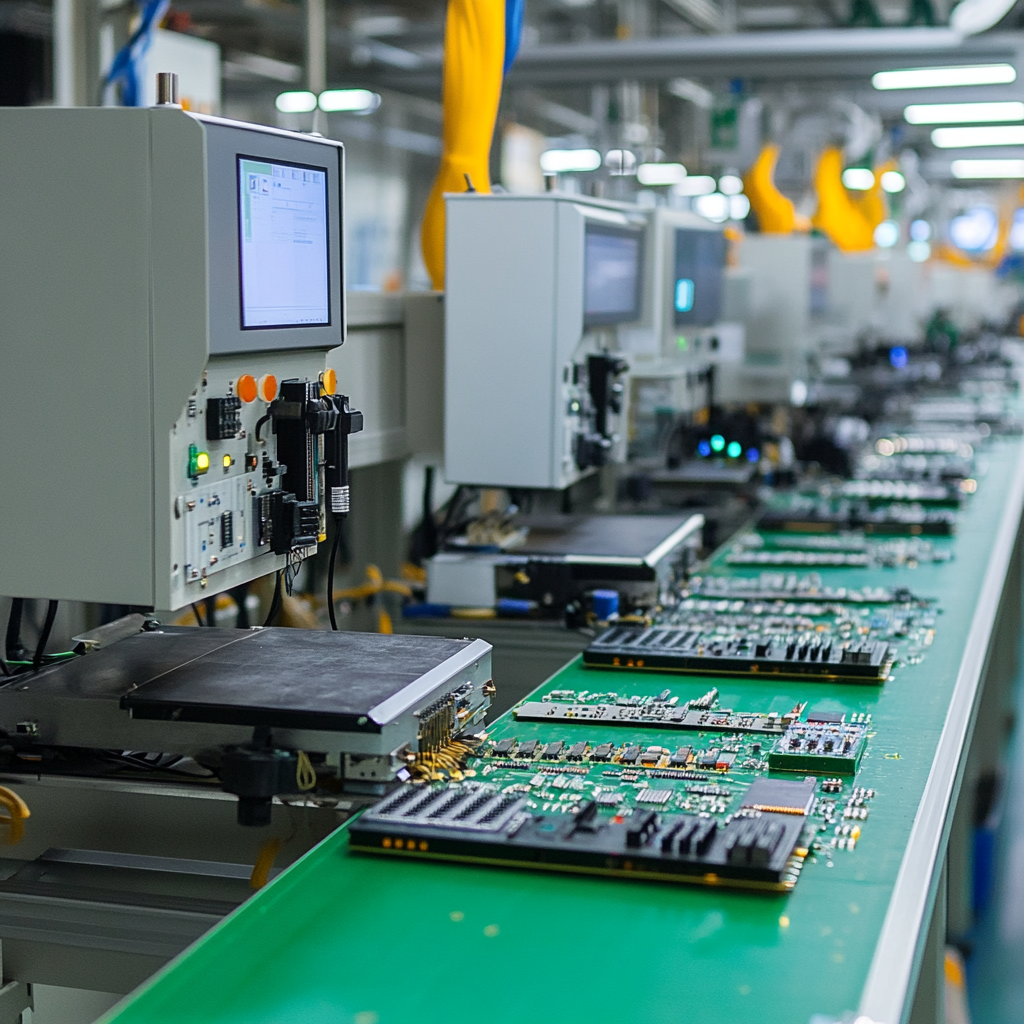What We Do
Prototype Injection Molding
A custom plastic part may go through several design stages as it evolves from an idea to reality. A 2D drawing of the part provides a baseline for creating a detailed 3D CAD model rendering of the part to be manufactured. After custom plastic parts have been clearly illustrated and may seem ready for production, there may be some very good reasons to consider prototype injection molding (making injection molded prototypes) before going into mass production. The following considerations will help you in determining your prototyping needs.
Producing real injection molded prototypes are usually a good idea if your parts have functional features that require very close manufacturing tolerances or appearance features that are critical to the desired overall look of the product.

Injection Molded Prototypes vs 3D Printed Prototypes
Recent news heavily features the advent of 3D printing technology as a solution for many prototype injection molding applications. Real world plastic injection molding can still be the best alternative for most prototyping scenarios in many cases. You should be aware of each prototyping method’s strong points to understand which is best suited for your application. In a supporting role, 3D printing is sometimes useful to correct early design flaws and help visualize a finished product. But one clear benefit of using prototype injection molding is gaining manufacturing experience and knowledge that can be applied when starting to prepare for production . Testing the chosen production material along with the injection mold design offers the manufacturer a preview of any potential problems that may arise in future production.
Prototypes with 3D printing
 No tooling required
No tooling required Average lead times from 5 to 15 days
Average lead times from 5 to 15 days Good for very low quantities
Good for very low quantities Does not reveal real manufacturing challenges
Does not reveal real manufacturing challenges
Prototypes with injection molding
 Low cost tooling
Low cost tooling Average lead times from 10 to 45 days
Average lead times from 10 to 45 days No quantity restrictions
No quantity restrictions Does reveal actual manufacturing challenges
Does reveal actual manufacturing challenges
Prototyping Prevents Hazardous Design Errors
Design problems that are not apparent in a 3D model or printed model can create delays and subsequently added production costs. Developing a prototype injection molding solution for your custom plastic part can help you to avoid some of these common mistakes before production begins:
Prototype Injection Molds vs Production Injection Molds
Unfortunately, in the injection molding industry there are very broad assumptions and cliché names for plastic injection molds. Many of these assumptions and category names for molds are not only untrue and misapplied, but they also confuse engineers and buyers of custom molded parts. Perhaps the most misinformed assumption that resides in our industry is that there is a clear and well-defined difference between a prototype injection mold and a production injection mold. That is incorrect and we can expand on this by giving you some commonly used mold types along with the real scoop about each of them:
This automotive plastic part is known for its lightweight, high strength, and excellent durability. It is made using advanced injection molding techniques that ensure precision and the ability to create complex geometric shapes. The part's surface is treated with UV protection, giving it resistance to ultraviolet rays and weathering, allowing it to maintain its original color and luster even after prolonged outdoor exposure. Moreover, the plastic part is designed with aerodynamics in mind, contributing to the fuel efficiency of the vehicle. The material chosen for the part is an engineering plastic that is impact-resistant and chemically resistant, ensuring stability and durability under various environmental conditions. It is an indispensable high-performance part in modern automotive manufacturing.
